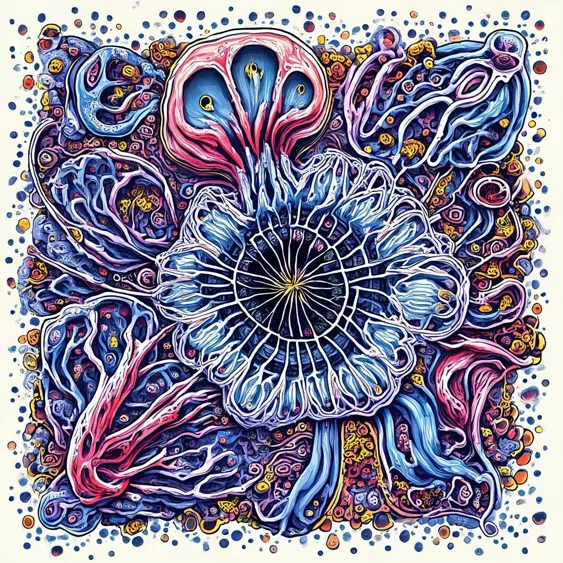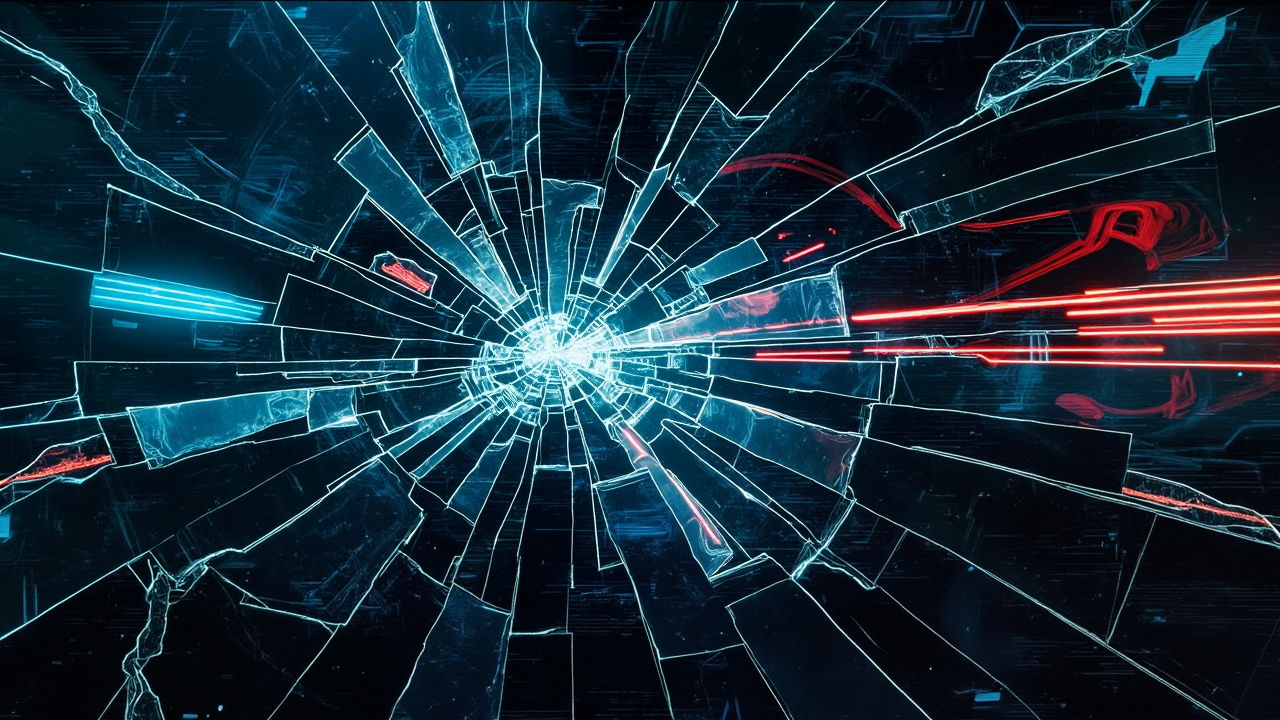Revolutionizing Regenerative Medicine with Planarian Worms

The regenerative capabilities of planarian flatworms, often dismissed as an underwhelming aspect of the animal kingdom, are now poised to reshape the future of human regenerative medicine and biological research. This was underscored by the recent experiment involving the East Asian triangle planarians sent aboard the Shenzhou 20 spacecraft, a vital step towards understanding the mysteries surrounding their cellular regeneration. If successful, these experiments could unlock genetic secrets that might one day transform treatments for injuries and diseases, making this research both a scientific and a medical milestone.
Planarians have an extraordinary ability to regenerate lost body parts, capable of reconstituting a complete organism from mere fragments. Historical experiments dating back to the early 20th century have established that even small segments of these worms can develop into entire creatures, raising tantalizing questions about the underlying biological mechanisms. Recent findings highlight a significant genetic connection between planarian regeneration and human genes, specifically a regenerating gene, smed-egr-1, that shares 68% similarity with the human EGR1 gene. This realization suggests a common evolutionary lineage potentially providing clues to enhancing human regenerative processes. Moreover, the planarians’ telomerase activity presents another tantalizing aspect: these worms do not age as fast as other species due to mechanisms that keep their telomeres—the protective ends of chromosomes—intact.
What makes this research particularly intriguing is its potential applications. Imagine a future where medical science can harvest a patient’s own cells to regenerate organ tissues, akin to a biological 3D printer. Or consider the possibilities of rejuvenation therapies that delink aging from cellular decay through unlocking the mechanisms planarians use to retain youth. Additionally, the intriguing prospect of memory storage within RNA, as seen in planarian studies, challenges our understanding of consciousness and memory—could the concept of ‘backup’ memories become a reality? As scientists analyze the planarians upon their return to Earth, we are left to ponder this emergent paradigm: how much of our regenerative potential remains to be discovered within our genetic past? The challenges and ethical implications this research sparks will surely fuel debates across communities, making it imperative that we stay engaged.
Read These Next

Frugal Innovation: Changing Lives with Local Materials
This article explores the concept of frugal innovation through examples of Indian start-ups creating affordable and sustainable products using local materials, highlighting their societal impact and contribution to economic growth.

BYD Unveils Latest Electric Vehicle Innovations in 2023
Li Yunfei of BYD addressed industry disputes, affirming compliance with regulations and highlighting NEV development challenges.

NatWest App Outage: A Reality Check for Banking Technology
An article examining the NatWest app outage, discussing its implications for banking technology and consumer frustration while highlighting systemic issues in fintech resilience.
